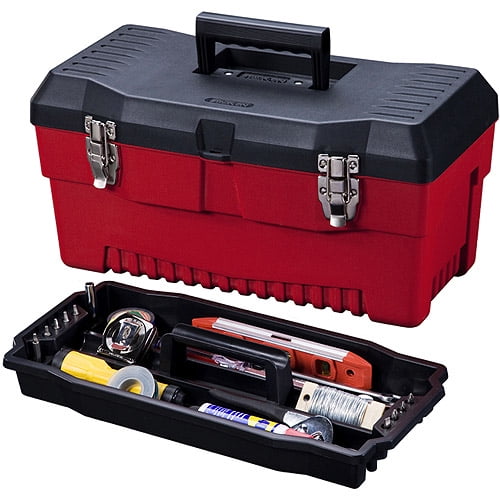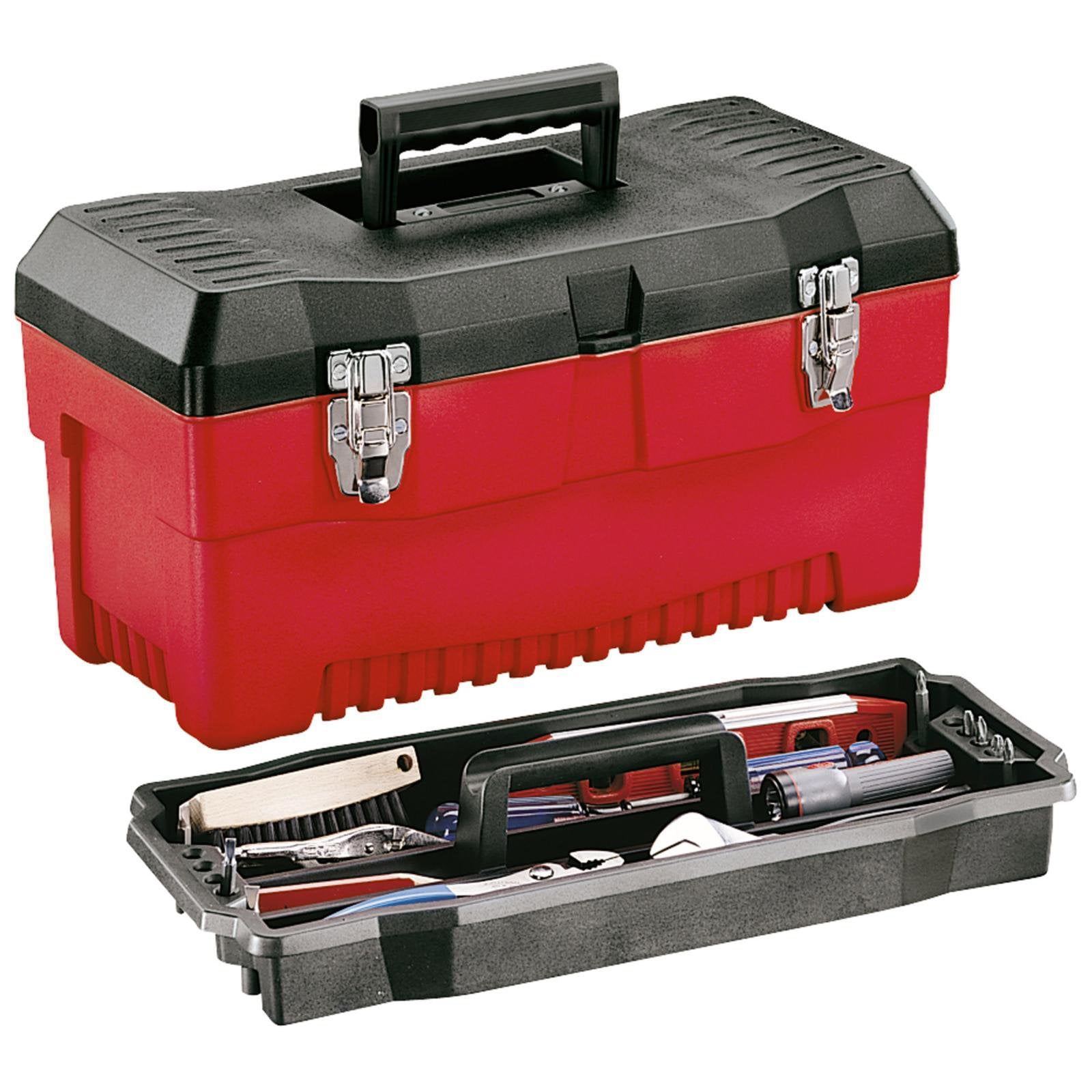

Consider not only how existing tools will fit into the box but also whether the tool box has enough space for additional equipment the user may acquire later. Lift-out trays and containers add versatility, but the base models may not include these optional extras.
#STACK ON TOOL BOX PORTABLE#
Size and Storage Optionsīigger often isn’t better when it comes to a portable tool box: The larger the tool box, the harder it is to store and transport, so consider a tool box’s overall exterior dimensions (to know how much room it will take up at the site and in a truck) as well as the internal space-and how that is divided. If users will be keeping the tool boxes outdoors in all types of weather, they’ll want to look for waterproof or water-resistant models. Occasional maintenance of the box should help prevent problems. Seams, joints, and hinges-all potential weak points-warrant close inspection. Some of these models also have metal reinforcement. However, those made of molded polypropylene or structural foam (an injection-molded plastic) can rival steel in strength and durability. Plastic tool boxes vary widely in quality, and inexpensive versions may be fragile. Also, if the surface finish (typically, a powder coat) gets damaged, the box can rust. Of course, steel weighs a lot more than other materials. It might dent, but it’s unlikely to break. Steel is extremely tough and can withstand impact. Material and ConstructionĪlthough a few wooden tool boxes are available, most sturdy tool boxes come in steel or some type of heavy-duty resin or plastic-materials that are strong enough to hold up to frequent home and jobsite use. Rubber tires are an upgrade-they help absorb impact and usually roll freely. Solid plastic wheels are sometimes fragile and may be difficult to maneuver over uneven surfaces.
#STACK ON TOOL BOX FULL#
The wheels must support the full weight of the tool box when loaded. Rolling tool boxes generally have a larger capacity, which makes their wheels the most important feature. Convenient foldable handles allow users to stack other items on top of the tool box when it’s not in use. Some modern models feature more ergonomic plastic and rubber handles-shoppers will want to make sure a thicker handle provides enough room to grab it with a gloved hand.

Traditional steel tool boxes often have thin handles that can get uncomfortable. On a carrying box, the handle must attach securely to the body to support its weight when full. Generally, portable tool boxes come in two types: those with carrying handles and those with wheels. We tested quite a few tool-box types to get a good idea of the best models in a variety of categories. Here, you’ll learn about the factors and features to remember when comparing portable tool boxes. A DIYer may want an easy-to-carry compact model for the garage, but a builder might need a large wheeled unit for easy transport. Photo: Glenda Taylor What to Consider When Choosing the Best Portable Tool Boxįinding the best portable tool box depends on the intended use.
#STACK ON TOOL BOX PRO#
BEST FOR POWER TOOLS: Ridgid 22-Inch Pro Tool Box, Black.BEST FOR MECHANICS: Craftsman 20-Inch 3 Drawer Metal Tool Box.BEST ROLLING: DeWalt DWST20880 Multi-Level Workshop.BEST VERSATILITY: Milwaukee Packout Deep Organizer.BEST BANG FOR THE BUCK: Big Red Torin 19-Inch Portable Steel Tool Box.BEST OVERALL: DeWalt ToughSystem 2.0 Tool Box.The ones that didn’t meet our high standards can be found below under “Also Tested.” Spoiler: Not all the tool boxes we tested made this list. So we decided to test a wide array of sizes and types.Īhead, learn what to look for when shopping for the best portable tool box and find out how the following models earned a spot in this lineup of the best tool boxes for a variety of situations. We wanted to know how durable-and how handy-these tool boxes really were. Some of today’s top tool manufacturers, such as DeWalt and Craftsman, make portable tool boxes designed to keep tools, cords, and accessories safely stowed but within reach. For all-around DIYers and construction professionals, a portable tool box-one they can tote or wheel around a shop and onto a truck-is the most convenient, cost-effective option.

Electricians and plumbers sometimes favor a tool bag, but auto enthusiasts may find that a tool chest makes better sense.


 0 kommentar(er)
0 kommentar(er)
